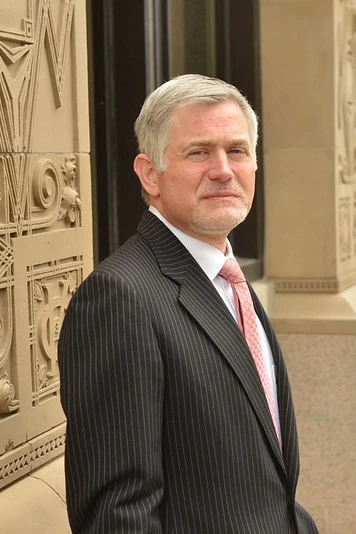If someone is charged with a domestic violence offense, then a DANCO (Domestic Abuse Violence No Contact Order) is likely to be issued against that person. A DANCO will significantly reduce the amount of contact the accused party can have with the alleged victim. It will also hurt the accused party’s life even if he or she is acquitted from the domestic violence charge, especially if he or she has children. It’s, therefore, important for people to understand what a DANCO is, when is it issued, its implications, the consequences of violating it, and how to get it lifted.
![Was a DANCO Issued Against You? [Infographic] 2 Blackboard with words DOMESTIC VIOLENCE and gavel on table](https://kellerlawoffices.com/wp-content/uploads/2021/05/Was-a-DANCO-Issued-Against-You.jpg)
(Article continues below infographic)
![Was a DANCO Issued Against You? [Infographic] 1 was a DANCO issued against you infographic](https://kellerlawoffices.com/wp-content/uploads/2021/05/34Keller_Was-a-DANCO-Issued-Against-You_IG.png)
________
Table of Contents
What Is a DANCO?
DANCO is an abbreviation of Domestic Abuse No Contact Order. A judge issues this order against a defendant in domestic violence cases. The judge may also issue it in criminal cases involving harassment or stalking of a family member, disobedience of a prior DANCO, or contravention of an order for protection.
When Is a DANCO Issued?
A judge usually issues a DANCO on a probationary or pretrial basis. This order bars the defendant from interacting with the accusing party until the defendant is acquitted or sentenced. A DANCO can also be a condition of probation. This forbids the defendant from contacting the victim during the probation period. Failure to obey the order could nullify the defendant’s probation and the defendant could end up back in jail. A DANCO may still be issued even if the victim doesn’t show up to court.
What Are the Implications of a DANCO?
The judge will spell out the conditions of a DANCO. Depending on the case and the judge, the order may include any or all of the below conditions:
- No in-person contact – face-to-face discussions or interactions between the two parties are prohibited.
- No electronic communication – The two parties shouldn’t exchange texts, emails, or phone calls.
- No indirect contact – No use of a third party to convey messages to each other.
- Maintaining the recommended distance from the victim – the defendant must keep off the victim’s home, place of work, and the residencies of the victim’s friends and family to prevent unintentional contact.
If the defendant is staying with the alleged victim within the same building, he or she should move out until the court resolves the case or lifts the DANCO. The defendant should also take appropriate measures to make sure he or she has no contact, even unintentionally, with the victim. An assault attorney can help the defendant understand his or her situation and the options available to him or her.
What Are the Penalties for Violating a DANCO?
A DANCO violation is deemed a criminal offense. The first DANCO violation is treated as a misdemeanor. If found guilty, the violator may be slapped with a 90-day jail time and up to $1,000 in fine.
A second violation in ten years is considered a gross misdemeanor. In Minnesota, the minimum penalty for a second DANCO violator is the incarceration of up to ten days and counseling. The maximum punishment for a second violation is imprisonment of 12 months and a fine of up to $3,000.
Still in Minnesota, three and above DANCO violations are treated as a felony. The penalty for a felony DANCO violation is five years’ imprisonment and up to $10,000 in fine. If the defendant commits the felony violation while in possession of a dangerous weapon, he or she may be subject to a minimum sentence of up to a month and court-ordered counseling.
How Does a DANCO Get Lifted?
Although getting a DANCO lifted is possible, it isn’t an easy process. There are four key reasons both the defendant and alleged victim may want to have a DANCO lifted. First, the alleged victim may have a reason to believe that the prosecutor brought malicious prosecution against the defendant. Second, the alleged victim may feel the offense doesn’t qualify for a DANCO. Third, both parties may wish to carry on with their relationship or seek counseling services. Finally, the two parties may be raising kids together and want to communicate with one another.
The alleged victim has no power to remove a DANCO, even if he or she wishes to interact with the accused person. The power to lift the no-contact order lies with the judge alone. An assault attorney can petition the court to have a DANCO lifted on the accused party’s behalf. The judge will need to hear from the victim before deciding whether to lift the order. An attorney can, therefore, organize to have the alleged victim show up in court or record victim statements without either party breaching the DANCO.
The defendant should continue obeying the no-contact order until the court system officially lifts the order. Violations can happen even when the victim feels the offense isn’t sufficient to justify a DANCO. Such violations can result in criminal charges, fines, or even imprisonment.





